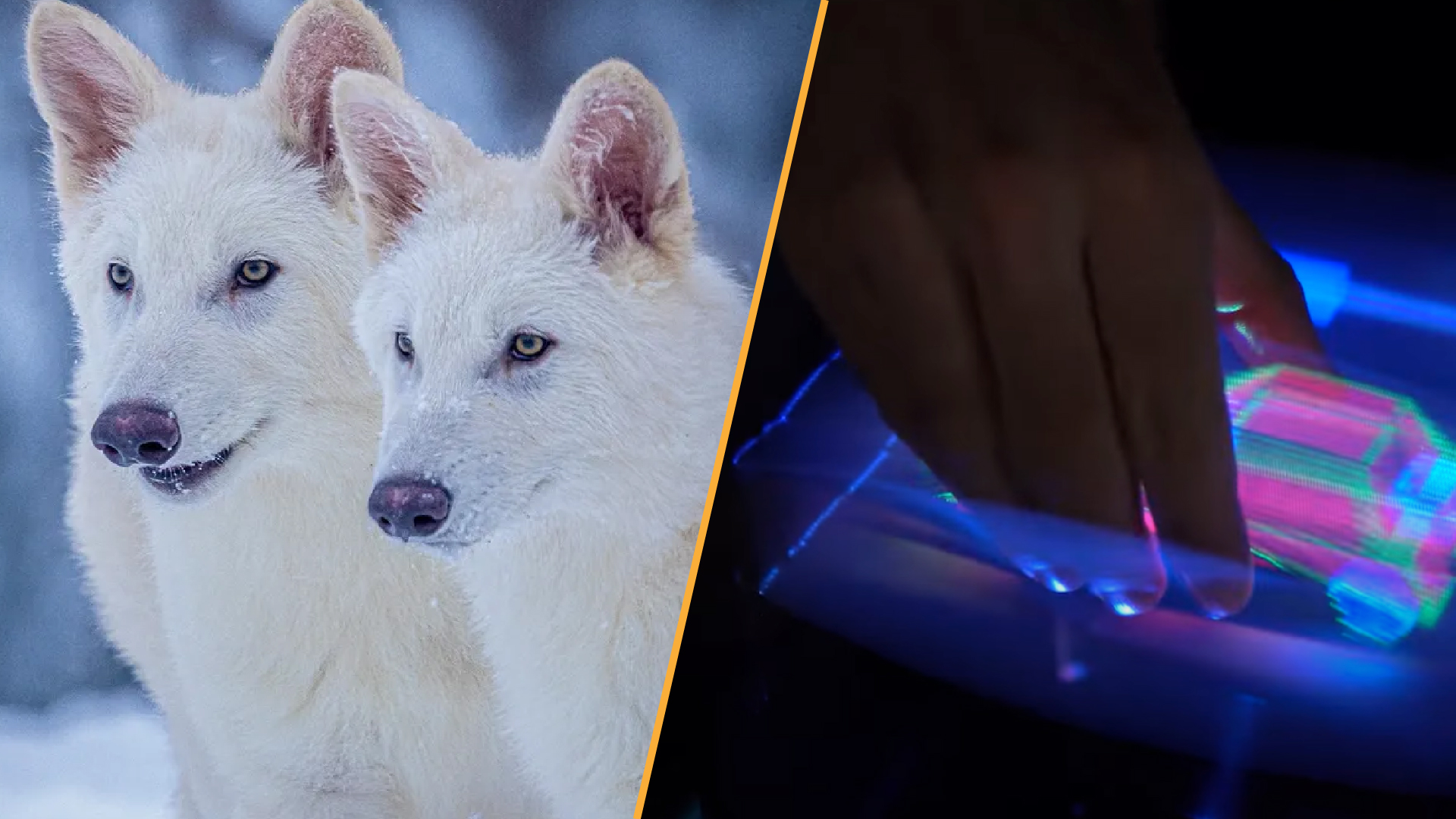The Alaskan Arctic Oil Drilling Controversy Explained (Infographic)

The Federal Bureau of Ocean Energy Management (BOEM) calculates a 75 percent chance of one or more spills of more than 1,000 barrels of oil over the next several decades if Arctic drilling proceeds as planned.
In 2014, the United States consumed 6.95 billion barrels of petroleum products, an average of 19.05 million barrels per day.
The National Petroleum Reserve – Alaska (NPRA) is about 24 million acres of land owned by the federal government. In 2010, the U.S. Geological Survey (USGS) estimated that the NPRA area contains about 896 million barrels of undiscovered oil (only one-tenth of what had been estimated in 2002).
The Arctic National Wildlife Refuge (ANWR) was established in 1960 to conserve its fish, wildlife and plants. ANWR has about the same area as the state of South Carolina. The area also includes the Inupiat native lands of Kaktovik, with a population of 5,000 to 7,000. The USGS estimates 10.4 billion barrels of oil lie beneath the ANWR.
Since 1977, the “1002 Area” has been controversial due to oil companies’ desire to drill for the estimated 7.7 billion barrels of oil in that area.
BOEM calculates that there’s a 75 percent chance of one or more spills of more than 1,000 barrels of oil over the next 77 years, given 500 wells and 4.3 billion barrels of oil produced. The Exxon Valdez spill in1989 spilled an estimated 260,000 to 900,000 barrels; the Deepwater Horizon spill in the Gulf of Mexico in 2010 spilled about 4.9 million barrels.
Sign up for the Live Science daily newsletter now
Get the world’s most fascinating discoveries delivered straight to your inbox.

Science news this week: Controversy around the dire wolf 'de-extinctions' and a 3D hologram breakthrough
Scientists built largest brain 'connectome' to date by having a lab mouse watch 'The Matrix' and 'Star Wars'
Archaeologists may have discovered the birthplace of Alexander the Great's grandmother
